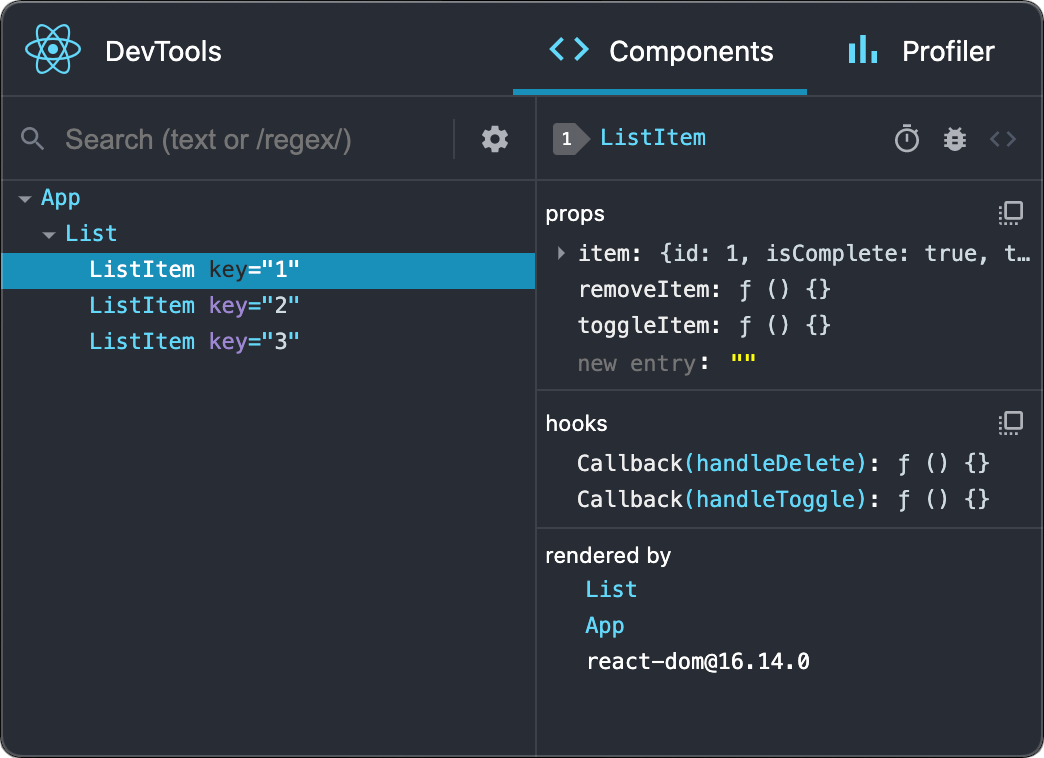Buzz Haven: Your Source for Trending Insights
Stay updated with the latest buzz in news, trends, and lifestyle.
React Development: Where Components Have All the Fun
Dive into the world of React Development—where components come alive and coding becomes a thrilling adventure!
Understanding React Components: The Building Blocks of Dynamic Web Applications
React components are the fundamental building blocks of any React application. They allow developers to create reusable UI elements, making the code more manageable and easier to maintain. Each component can maintain its own state and lifecycle methods, enabling dynamic rendering based on user interactions or other changes in the application. There are two main types of components in React: class components and function components. As a best practice, most developers now prefer using function components with hooks, as they offer a cleaner and more concise way to manage state and side effects.
Understanding how to create and structure React components is crucial for building effective web applications. Components can be composed within one another, leading to a tree structure that governs the application's flow. The props system in React allows data to be passed down from parent components to child components, facilitating a one-way data flow. This encapsulation of logic and state within components not only simplifies development but also enhances performance by allowing React's virtual DOM to optimize rendering. As you dive deeper into React, mastering components will significantly improve your ability to create responsive and dynamic user interfaces.

Best Practices for Structuring Your React Components
Structuring your React components effectively is crucial for maintaining readability and facilitating easier debugging. Best practices suggest organizing your components in a way that promotes reusability and modularity. Start by separating your components into functional and class-based components, depending on their complexity and functionality. Use the following steps as a guideline:
- Identify reusable UI elements.
- Keep components small and focused; aim for a single responsibility.
- Group related components in folders to maintain a clean file structure.
Another important aspect of component structure is the use of prop types and default props to ensure type-checking and enforce correct usage of components. This practice not only helps other developers understand the desired input types but also assists in avoiding runtime errors. Additionally, consider utilizing higher-order components or render props to share functionality between components cleanly. Finally, stay consistent with your styling approach, whether you're using CSS modules, styled-components, or traditional stylesheets, to enhance the maintainability of your project.
How to Make Your React Components Reusable and Maintainable
To make your React components reusable and maintainable, it's crucial to embrace the principles of component abstraction and separation of concerns. Begin by breaking down your UI into smaller, focused components, each responsible for a specific piece of functionality. For instance, rather than having a single component that manages user input and displays feedback, create separate components for input fields and feedback messages. This way, each component can be independently updated and reused across different parts of your application, enhancing reusability.
Another key strategy is to utilize props effectively. By passing data and event handlers through props, you can make your components flexible and adaptable to various contexts. In addition, employing default props and prop types can safeguard your components from incorrect usage, thus improving their maintainability. Lastly, consider employing conventions such as naming your components descriptively and organizing them in a systematic directory structure, as this will streamline both the development process and future modifications, ultimately leading to a more sustainable codebase.